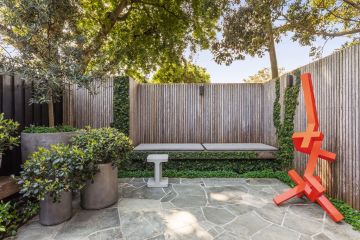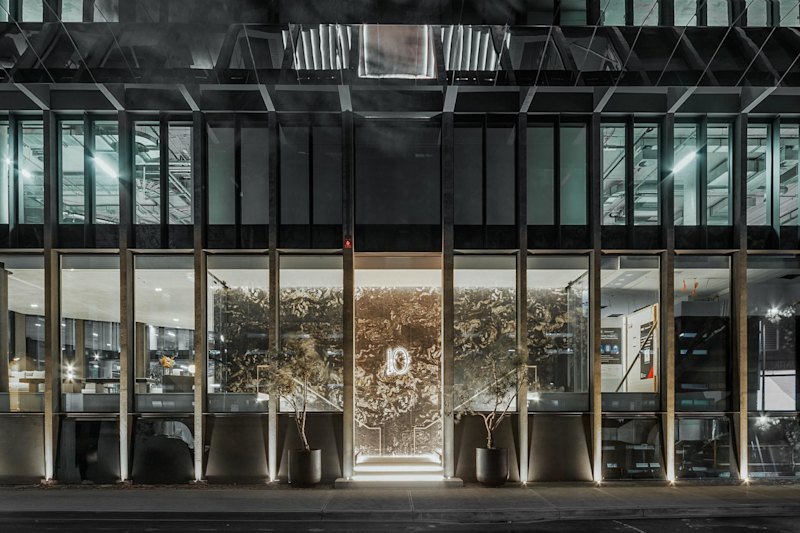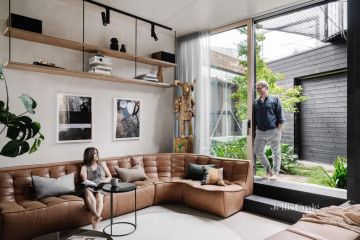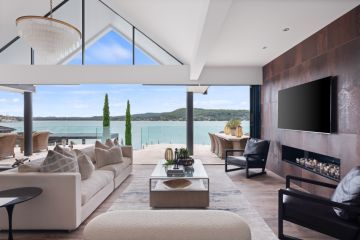Five must-have kitchen features
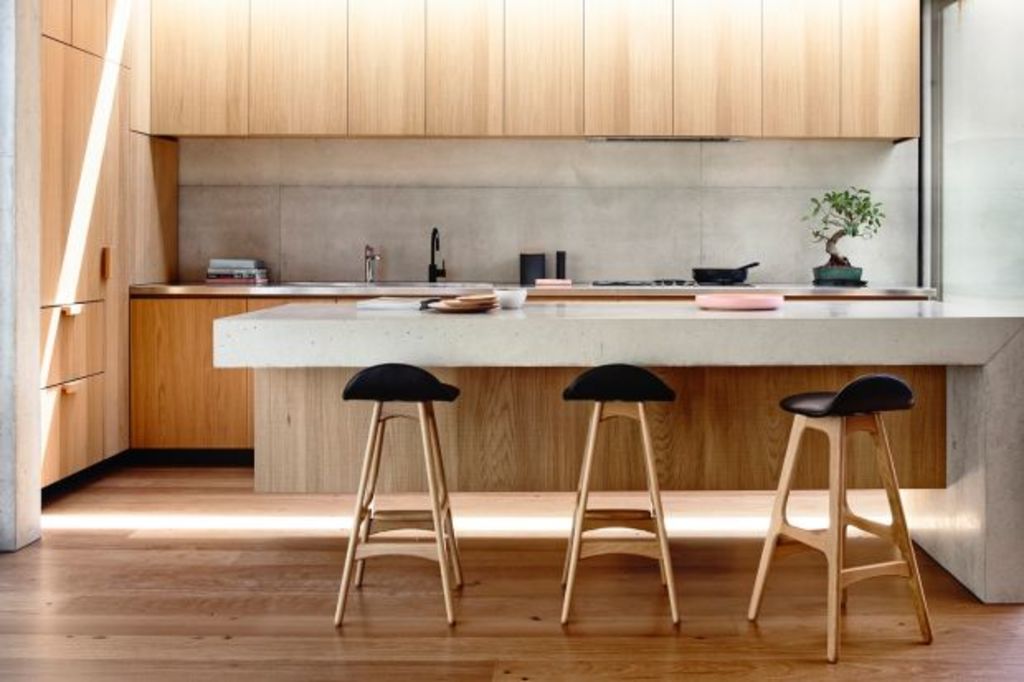
The once-humble kitchen, increasingly the showpiece of any house, is growing ever grander.
No longer content with a basic stovetop and the almost-forgotten art of dish drying, Australian homeowners are lusting after kitchens that wouldn’t be out of place on the set of MasterChef.
But when it comes down to it, what do most of us really need in our kitchens on a day-to-day basis? We asked a couple of experts for their top tips.
Decent bench space
Cherie Barber, a regular TV fixture who also designed the course Renovating for Profit, says having enough room to whip up your creations is one of the essentials.
“In my experience one of the fundamental things with any kitchen design is the bench space. It tends to be a big issue in a lot of kitchens – particularly a lot of older kitchens built in the ’60s, ’70s and ’80s,” says Barber.
“I’m having to rip out a lot of kitchens because people ultimately have no bench space.”
An “appliance centre” where you can hide away your kettle, toaster, juicer and other cooking accoutrements can leave your benches feeling less cluttered and more spacious.

The Block’s Will and Karlie ensured their kitchen had plenty of bench space for food preparation and entertaining. Photo: Channel Nine
A large pantry (preferably built-in)
Barber says a good-sized pantry is an “absolute must”.
If you’re short on space, one option is to reclaim part of your laundry.
“More often than not your laundry is very close to your kitchen. Quite often you can steal half of your laundry and that can become your walk-in pantry,” says Barber, noting that a European-style laundry is a massive space saver.
Two bonuses: it’s cheap to do, and you don’t usually need council approval.
A well-planned layout
In designer lingo, the ultimate aim is to go for the “golden triangle”. For the uninitiated, that’s planning your kitchen in a way that spaces its three main elements – your sink, oven and cooktop, and fridge – evenly apart.
“You hover between these three areas in the kitchen,” says Barber. “It’s OK to have a triangle with a really long side, but obviously the longer it is, the less practical it is.”
Likewise, you want to make sure your dishwasher is flush to your sink – not across the other side of your kitchen which could lead to you ferrying dripping dishes across your kitchen floor.
Barber also warns anyone getting new cabinetry designed to take into account the increasingly size of modern fridges, and the extra space they’ll need. Be sure to leave at least 50 millimetres clearance on either side, and remembering your living situation may well change.
“Definitely if you’re designing a new kitchen, design it also with a larger fridge capacity,” says Barber. “You might only be a couple right now, but you could be a couple with two kids in five years’ time.”

This Schulberg Demkiw Architects-designed kitchen with its concrete splashback is a real knockout. Photo: Derek Swalwell
A sensible splashback
“A lot of people really screw up in their material selection in their kitchen,” says Cherie Barber. Stainless steel splashbacks are one of the worst offenders when it comes to a high-maintenance kitchen.
“They look great when they’re brand new, but it’s probably about the only time they look great,” she says.
Dennis agrees, saying you need to think carefully when selecting a style of splashback.
“Test them for practicality. All these things you sort of have to think – ‘in an ideal world, how do I live and how often do I clean?'”
Tiles are making a comeback, and Dennis suggests going with bigger tiles. Make sure you get the grout sealed to avoid your errant pasta sauce becoming an accidental feature of your kitchen.
A quality tap that won’t date
Better Homes and Gardens presenter Tara Dennis says a small thing like a tap can make a major difference to the practicality and look of your kitchen.
“The kitchen tap for me is really high on the list. It can sort of set the tone for the kitchen, it’s something you use every day,” she says.
The type of tap you opt for – a sink mixer, pull-down mixer? – will depend on the way you like to cook and the style of your kitchen, says Dennis.
“I love brass taps but I think that the fashion will come and go. I think for long-term value you can’t beat a good old chrome tap.
We recommend
States
Capital Cities
Capital Cities - Rentals
Popular Areas
Allhomes
More

